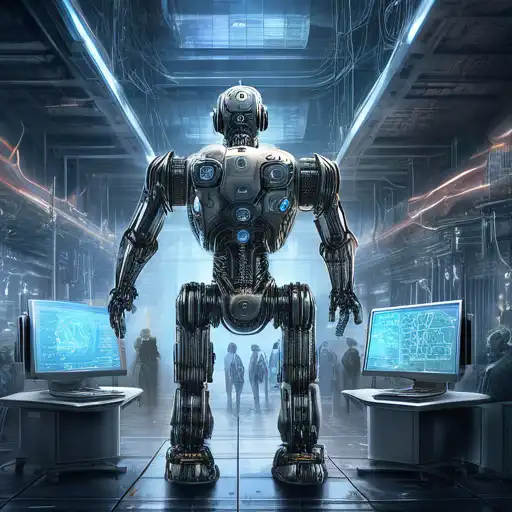Understanding AI and Machine Learning
In the realm of technology, Artificial Intelligence (AI) and Machine Learning (ML) are two of the most talked-about topics. While they are often used interchangeably, they represent distinct concepts with unique applications and capabilities. This article delves into a comparative study of AI and ML, shedding light on their differences, similarities, and how they are shaping the future of technology.
What is Artificial Intelligence?
Artificial Intelligence is a broad field of computer science focused on creating systems capable of performing tasks that typically require human intelligence. These tasks include problem-solving, recognizing speech, learning, planning, and more. AI can be categorized into two types: Narrow AI, which is designed to perform a narrow task (e.g., facial recognition), and General AI, which can perform any intellectual task that a human can.
What is Machine Learning?
Machine Learning, a subset of AI, involves the development of algorithms that allow computers to learn from and make decisions based on data. Unlike traditional programming, where humans write explicit instructions, ML models improve their performance as they are exposed to more data over time. ML is further divided into supervised learning, unsupervised learning, and reinforcement learning.
Key Differences Between AI and Machine Learning
While AI aims to simulate human intelligence broadly, ML focuses on enabling machines to learn from data. Here are some key differences:
- Scope: AI has a broader scope than ML, encompassing various technologies and methodologies.
- Dependency: ML is dependent on data to learn and make decisions, whereas AI can be rule-based and not necessarily learn from data.
- Applications: AI applications range from robotics to natural language processing, while ML is often used in data analysis, predictive modeling, and more.
How AI and Machine Learning Work Together
Despite their differences, AI and ML complement each other in many ways. ML algorithms are often used within AI systems to enable them to learn from data. For example, an AI-powered chatbot uses ML to understand and respond to user queries more effectively over time.
The Future of AI and Machine Learning
The integration of AI and ML is driving innovation across industries, from healthcare to finance. As these technologies continue to evolve, we can expect more sophisticated applications that further blur the lines between human and machine capabilities.
For those interested in diving deeper into the world of AI and ML, exploring data science can provide valuable insights into how these technologies are developed and applied.
Conclusion
AI and Machine Learning are transformative technologies with the potential to revolutionize how we live and work. Understanding their differences and how they interact is crucial for anyone looking to navigate the future of technology. As we continue to explore the possibilities, the synergy between AI and ML will undoubtedly unlock new opportunities and challenges.
